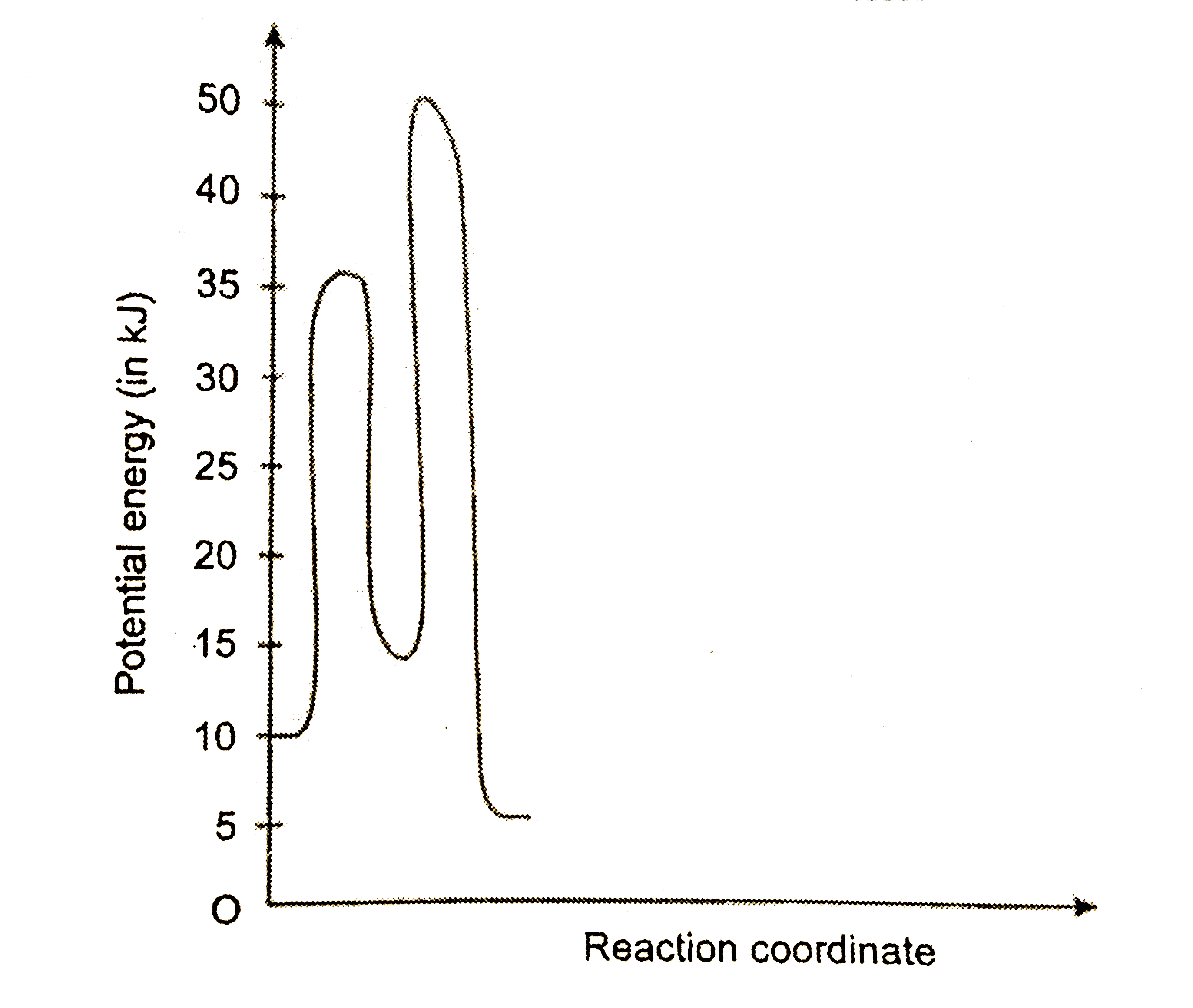Complete Solutions to Level 3 of chapter CHEMICAL KINETICS AND CHEMICAL EQUILIBRIUM of Class 9 book with complete answers and questions
| Class 9 | CHEMISTRY |
| Chapter | CHEMICAL KINETICS AND CHEMICAL EQUILIBRIUM |
| PEARSON IIT JEE FOUNDATION | Level 3 |
| Number Of Questions | 10 |
| Academic Year | 2023-24 |
In the manufacture of sulphuric acid industrially, the key step involved is formation of `SO_(3)`. Higher the yield of `SO_(3)`, greater is the yield of sulphuric acid and moreover lesser is the pollution effect. `K_(c )` at relatively higher temperatures `(400^(@)C)` is found out to be very high and their values gradually decrease with increase in temperature. Based on the data given, predict the favourable conditions for the better yield of `SO_(3)`.
View SolutionFor a reaction, the instantaneous rate of reaction with respect to x, y and z is expressed as `r=-(1)/(2)(Delta[x])/(Delta t)=-(1)/(3)(Delta[y])/(Delta t)=(1)/(2)(Delta [z])/(Delta t)`. What would be the stoichiometric equation for the reaction ?
View SolutionWhat is the relation between equilibrium constant and the stability of reactants ? Justify.
View SolutionReactants A and B can react to give two different products C and D in two different reactions. The two reactions take place in two different mechanisms and D is found to be more energetically stable than C. But product C was found in larger amounts. How do you account for this ?
View SolutionWhen ammonia is strongly heated with oxygen, the rate of disappearance of ammonia is found to be `2.9xx10^(-2) " mol " L^(-1)s^(-1)` during the measured time interval. Calculate the rate of appearance of nitric oxide and water.
View SolutionThe following diagram represents the energy profile diagram for a two-step reaction. Calculate the ratio of change in heat energy involved in step I to step II.
 View Solution
View SolutionThe rate for the reaction `X to Y` is studied at `25^(@)C` by varying conditions of reaction. In experiment (i) the rate of reaction is found out to be `5xx10^(-2)` mole `L^(-1)s^(-1)`. In experiment (ii) the rate of reaction is found out be `8xx10^(-1) " mole " L^(-1)s^(-1)`. Account for the veriation in rate of reaction.
View SolutionExplain the effect of the addition of inert gas to the following equilibria : (i) at constant pressure and (ii) at constant volume .
(a) `H_(2(g))+Cl_(2(g)) hArr 2HCl_((g))`
(b) `CO_((g))+Cl_(2(g)) hArr COCl_(2(g))`
(c ) `N_(2)O_(4(g)) hArr 2NO_(2(g))`View SolutionA 3 L flask contains 0.5 moles of sulphur dioxide at `127^(@)C` temperature. Some amount of oxygen is introduced into the flask along with a catalyst. When the pressure reached 8.2 atm, 0.3 moles of `SO_(3)` is formed and there is no further change in the pressure of the reaction mixture. Calculate `K_(c )` value for the above reaction.
View SolutionMelting of ice takes place slowly at higher altitudes. Justify this statement by applying the principle of equilibrium.
View Solution
Level 3 questions and complete solutions for chapter CHEMICAL KINETICS AND CHEMICAL EQUILIBRIUM of PEARSON IIT JEE FOUNDATION of Class 9
